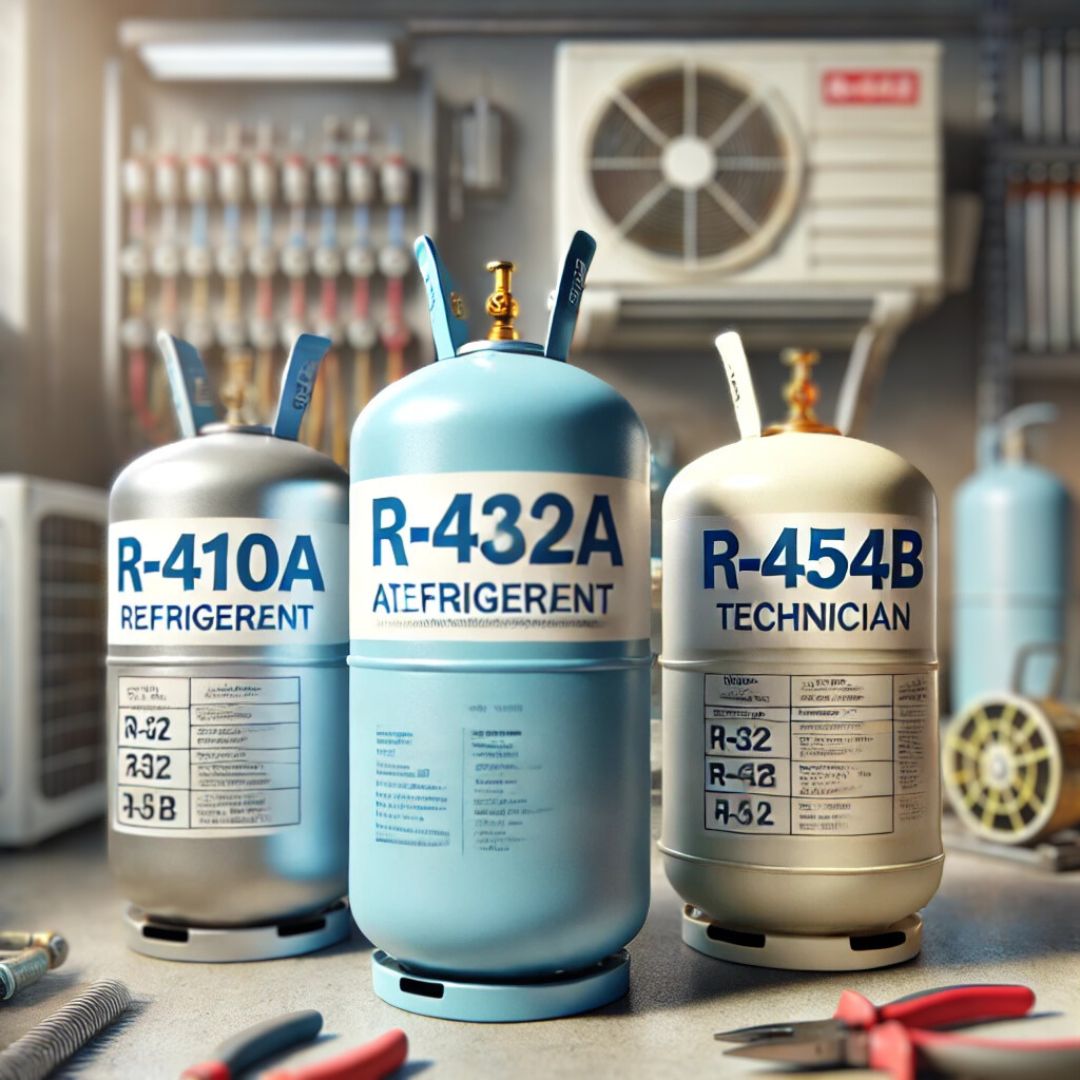What is R22 Refrigerant?
R22, also known as HCFC-22, is a hydrochlorofluorocarbon (HCFC) widely used as a refrigerant in small and packaged air-conditioning systems. It has been a standard in residential and commercial HVAC units for decades due to its efficiency and reliability. However, its environmental impact has led to global regulatory changes that are affecting homeowners and businesses that still rely on R22-based systems.

Why is R22 Being Phased Out?
The phase-out of R22 is a direct result of its harmful environmental effects. R22 is classified as an ozone-depleting substance under the Montreal Protocol on Substances that Deplete the Ozone Layer, an international agreement designed to protect the Earth’s atmosphere. HCFCs, including R22, contribute to the depletion of the ozone layer, which protects life on Earth from harmful ultraviolet (UV) radiation.
In response to these environmental concerns, Australia, along with other countries, has implemented a gradual phase-out of R22:
- 2016 Onward: Australia began progressively reducing R22 imports.
- 2020: The majority of R22 imports and production ceased, with small volumes still permitted for maintaining existing systems.
- 2030: A complete ban on R22 supply is expected, meaning businesses and homeowners must transition to alternative refrigerants or upgrade their systems.
How Does the R22 Phase-Out Affect Your Air Conditioning System?
If your air conditioning system uses R22, the phase-out has significant implications for costs, maintenance, and long-term viability. Here’s what you need to know:
- Rising Costs of R22 The supply of R22 is limited, and as availability decreases, prices continue to rise. If your system requires a top-up due to a refrigerant leak, expect significantly higher costs as R22 becomes scarce.
- Repair vs. Replacement – What’s the Best Option? If your system experiences a refrigerant leak, you’ll need to decide between repairing it or replacing it with a newer, more efficient unit. Consider these factors:
- Repair & Re-gas: If the leak is minor and your system is relatively new, repairing and re-gassing may be an option. However, this is only a short-term solution as R22 becomes harder to obtain.
- Retrofitting: Some systems can be retrofitted to use an alternative refrigerant. However, this can be costly and may not always be the most energy-efficient choice.
- Replacement: If your system is over 10 years old, replacing it with a modern unit that uses an environmentally friendly refrigerant (such as R-410A, R-32, or R-454B) is often the best long-term investment.
- Can You Still Use Your R22 System? Yes, you can continue using your R22 system as long as it remains operational. However, you should be aware that:
- Regular maintenance is essential to prolong its lifespan.
- Future repairs may be costly due to the rising price of R22.
- Upgrading to a more efficient system may save you mone

What Should You Do Next?
- Assess Your Current System: Determine if your air conditioning unit still uses R22 and consider its age and efficiency.
- Consult an Expert: Speak to a qualified HVAC technician about your options, whether it’s maintaining, retrofitting, or replacing your system.
- Plan for the Future: If your system is aging, now is the best time to plan for an upgrade before R22 becomes completely unavailable.
The phase-out of R22 is a necessary step toward environmental sustainability, but it presents challenges for homeowners and businesses with existing R22-based systems. Understanding your options can help you make an informed decision on whether to maintain, retrofit, or replace your unit.
If you need expert guidance on your air conditioning system, contact us today for a professional assessment and tailored recommendations.
